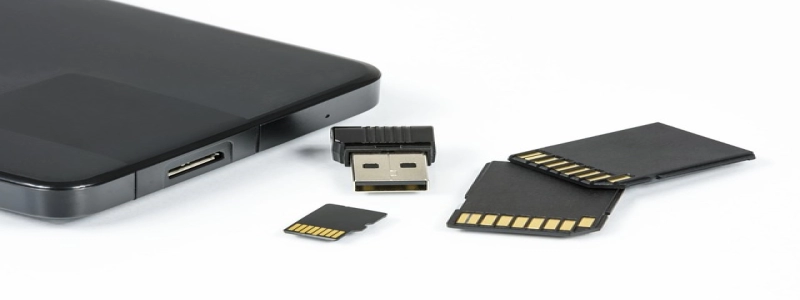Camera Link to Ethernet
Introduction
Camera Link is a popular and widely used standard for connecting industrial cameras to frame grabbers or other image acquisition devices. It provides a high-speed and reliable connection for transmitting high-quality digital data from the camera to the computer. However, with the advancement of technology, there is a growing need to interface Camera Link cameras with Ethernet networks. This article will discuss the process of linking Camera Link to Ethernet and the benefits it brings.
1. What is Camera Link?
Camera Link is a communication protocol designed specifically for machine vision applications. It provides a standardized interface for transmitting data from a camera to a computer, ensuring compatibility and ease of integration between different cameras and frame grabbers. The protocol supports both base configuration (up to 24 bits of data) and medium configuration (up to 48 bits of data), allowing for high-speed data transmission.
2. Why Camera Link to Ethernet?
Ethernet is a widely used networking standard that offers many advantages, such as long-distance transmission, scalability, and compatibility with various devices. By linking Camera Link to Ethernet, users can take advantage of the benefits offered by Ethernet networks, such as remote control and monitoring, centralized management, and integration with other networked devices. This allows for easier integration of cameras into existing infrastructure and provides more flexibility in camera deployment.
3. Linking Camera Link to Ethernet
To link Camera Link to Ethernet, a Camera Link to Ethernet converter is required. This device acts as a bridge between the Camera Link camera and the Ethernet network, enabling the transmission of data over the network. The converter typically has a Camera Link input and an Ethernet output, and it may support various Camera Link configurations, such as base or medium configuration.
The process of linking Camera Link to Ethernet involves the following steps:
a. Connect the Camera Link camera to the Camera Link input of the converter using a Camera Link cable. Ensure that the camera and the converter are properly powered.
b. Connect the Ethernet output of the converter to the Ethernet network using an Ethernet cable.
c. Configure the converter according to the desired networking settings, such as IP address, subnet mask, and gateway. This can usually be done through a web interface or software provided by the converter manufacturer.
d. Once the converter is properly configured, the Camera Link camera will be recognized as an Ethernet device on the network. It can now be accessed and controlled like any other networked device.
4. Benefits of Camera Link to Ethernet
Linking Camera Link to Ethernet offers several advantages:
a. Remote control and monitoring: With Camera Link to Ethernet, users can remotely control and monitor cameras from a central location. This eliminates the need for physical access to the camera and allows for easy adjustments and troubleshooting.
b. Centralized management: By integrating Camera Link cameras into an Ethernet network, users can manage and control multiple cameras from a single interface or software. This simplifies camera setup, administration, and maintenance.
c. Integration with other networked devices: Ethernet networks allow for seamless integration of cameras with other networked devices, such as computers, servers, and storage devices. This enables data sharing, analysis, and storage in real-time, enhancing productivity and efficiency.
d. Scalability: Ethernet networks are highly scalable, allowing for the addition of more cameras and devices as needed. This provides flexibility in camera deployment and allows for easy expansion or modification of the system.
e. Compatibility: Camera Link to Ethernet converters often support other networking protocols, such as GigE Vision or USB3 Vision. This offers compatibility with a wide range of cameras and frame grabbers, allowing for easy integration and future-proofing of the system.
Conclusion
Linking Camera Link to Ethernet provides users with the benefits of both Camera Link and Ethernet technologies. It offers remote control, centralized management, and seamless integration with other networked devices. By choosing a reliable Camera Link to Ethernet converter, users can take advantage of the scalability, compatibility, and flexibility offered by Ethernet networks. As technology continues to evolve, Camera Link to Ethernet will play a vital role in the future of industrial camera connectivity.








